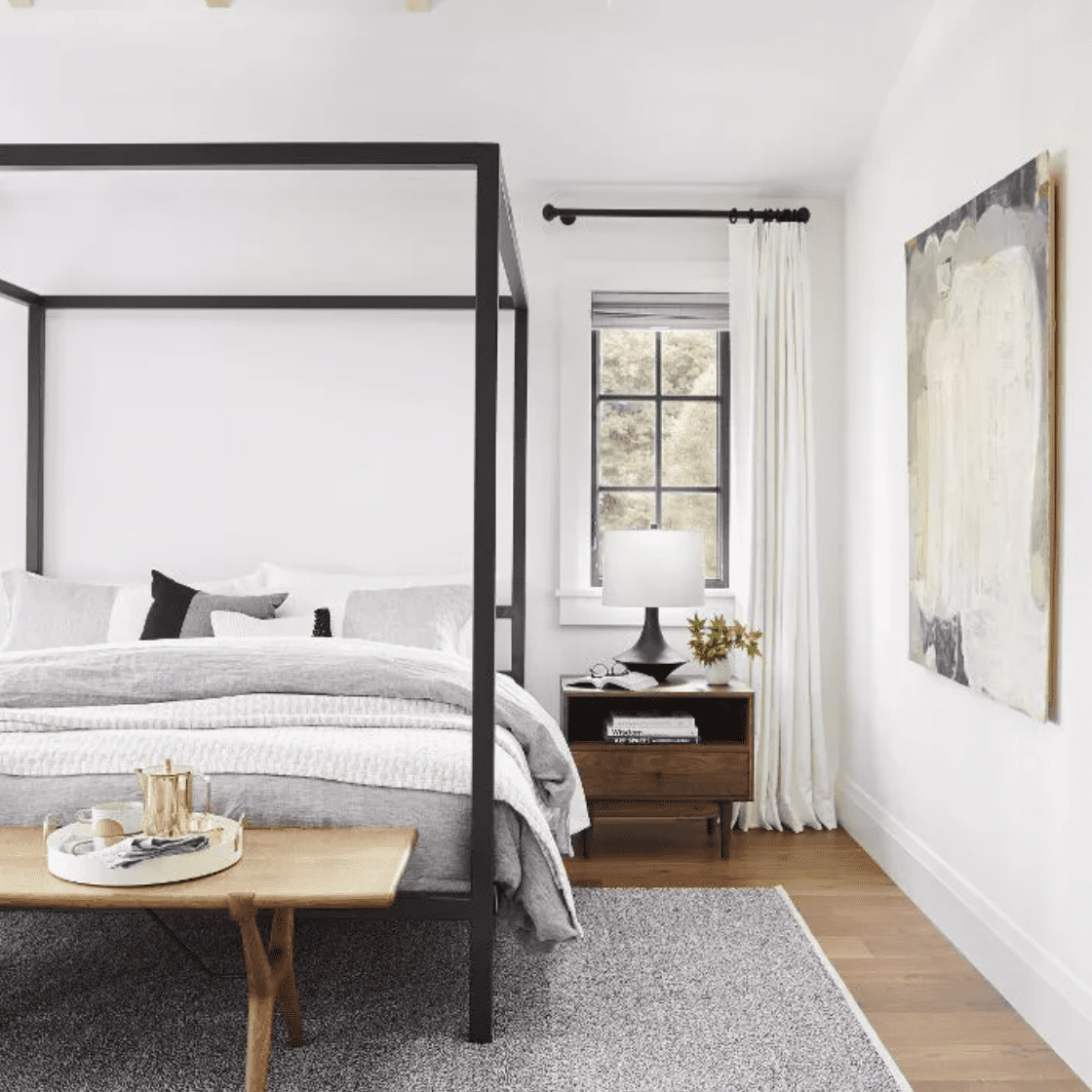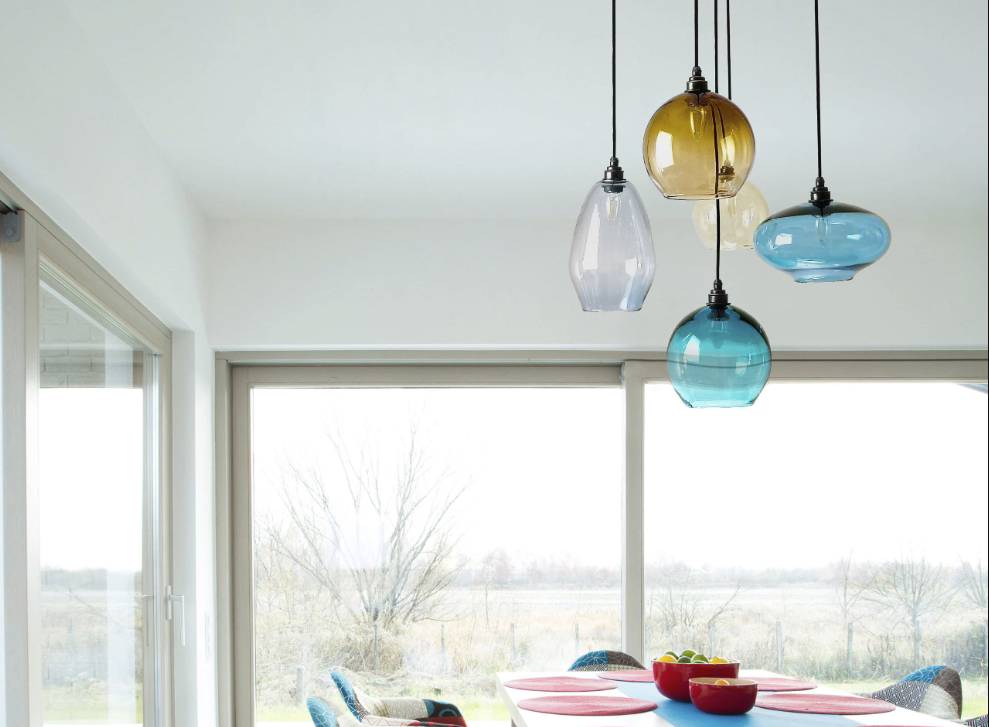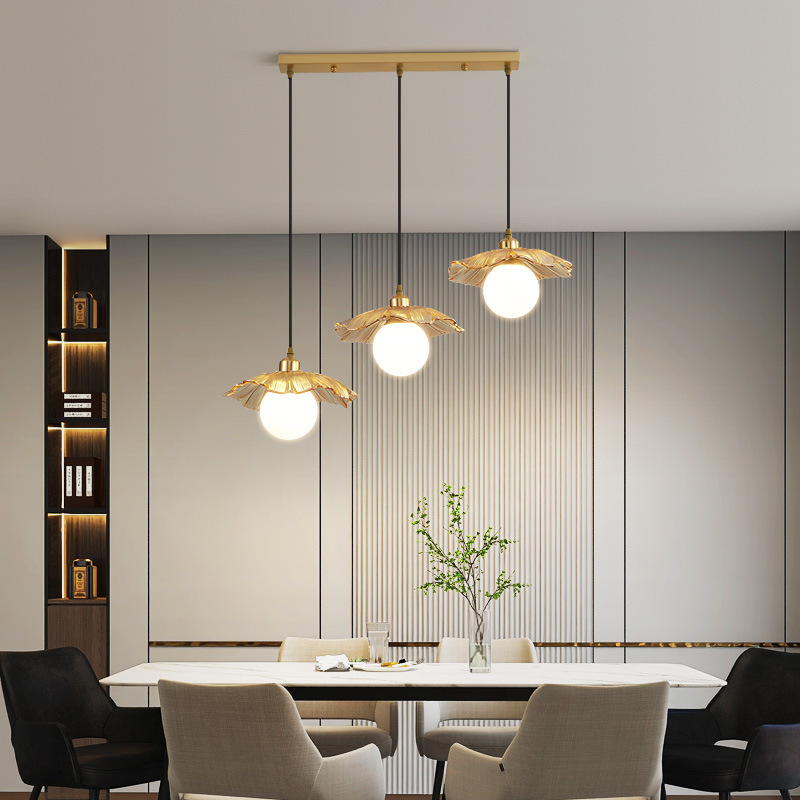Introduction
Your bedroom is the most private and intimate space in your home. It’s where you rest and recharge after a long day and wake up to a new one. Lighting plays a crucial role in setting the right mood and ambiance in your sleeping space. The right lighting can help create a sense of calm, relaxation, and even romance. In this article, we’ll explore the different ways you can use lighting to create the perfect ambiance in your bedroom.
Lighting Types
There are three types of lighting that you should consider when designing your bedroom: ambient, task, and accent lighting.
Ambient Lighting
Ambient lighting provides a general, overall illumination throughout the room. It usually comes from ceiling-mounted fixtures like chandeliers, recessed lights, or track lighting. Ambient lighting should be bright enough to light up the entire room but not too bright that it feels harsh or cold. You can use dimmer switches to control the intensity of the light, depending on your mood or activity.
Task Lighting
Task lighting is used to light up specific areas, such as your nightstand, desk, or reading nook. It should be bright enough to help you see clearly but not so bright that it disturbs your partner’s sleep. Some popular task lighting options include bedside lamps, wall sconces, or pendant lights.
Accent Lighting
Accent lighting is used to highlight specific features or objects in your bedroom, such as artwork, plants, or architectural details. It’s usually the dimmest and least bright type of lighting and is used to add depth and dimensionality to your space. Common accent lighting options include picture lights, track lighting, or LED strips.
Lighting Placement
The placement of your bedroom lighting is just as important as the type of lighting you choose. Here are some tips to keep in mind:
Ceiling Fixtures
If you’re using ceiling-mounted fixtures for your ambient lighting, make sure they are placed in the center of the room and are at least 7 feet above the floor. This will ensure that the light is evenly distributed throughout the room.
Bedside Lamps
Your bedside lamps should be placed on either side of the bed, at a height that is comfortable for you to switch them on and off. If you’re sharing a bed, make sure the lamps are symmetrical and offer the same amount of light on both sides.
Wall Sconces
Wall sconces are a great option for task lighting and can be placed on either side of the bed or above your nightstand. They provide a soft, focused light that’s perfect for reading or relaxing.
Accent Lighting
Accent lighting should be used sparingly and strategically. It’s best to illuminate one or two features or objects in your room, rather than flooding the space with too much light. Highlighting the artwork above your bed or the architectural details on your ceiling are great examples of accent lighting.
Lighting Color Temperature
The color temperature of your bedroom lighting can also affect the mood and ambiance of your space. Light bulbs come in different color temperatures, ranging from warm (yellowish) to cool (bluish) tones.
Warm Lighting
Warm lighting (2700-3000K) creates a cozy, intimate atmosphere and is perfect for relaxing and unwinding. It’s best suited for ambient and task lighting applications.
Neutral Lighting
Neutral lighting (3500-4100K) is the most commonly used color temperature and provides a balanced, natural light. It’s best for task lighting and can also be used for ambient and accent lighting.
Cool Lighting
Cool lighting (5000-6500K) is bright and energizing and is best suited for task lighting in areas like your closet or dressing area. It’s not recommended for ambient or accent lighting applications.
The right bedroom lighting can transform your sleeping space into a cozy, intimate retreat. Remember to consider the type, placement, and color temperature of your lighting when designing your bedroom. With these tips, you’ll be able to create the perfect ambiance for your own private oasis.




